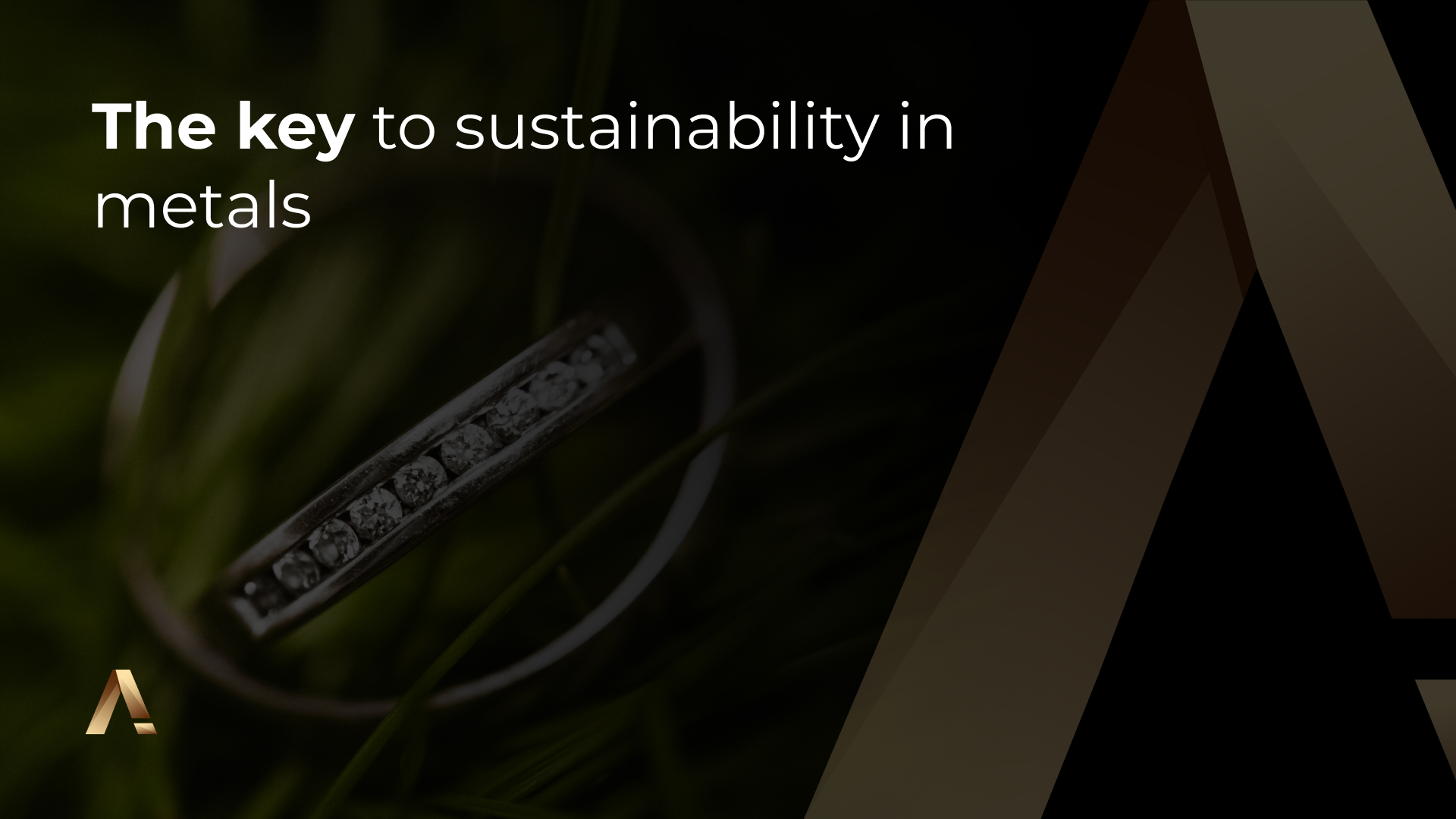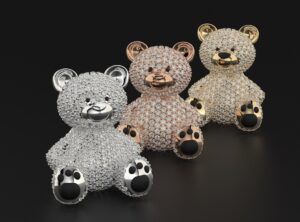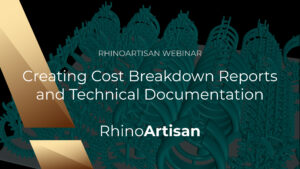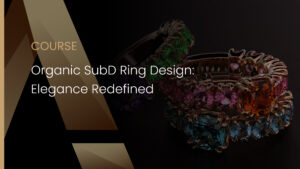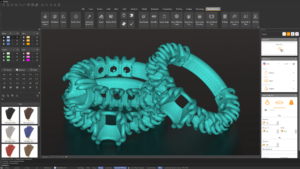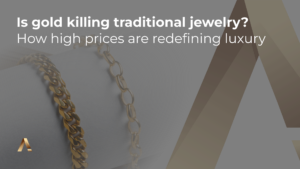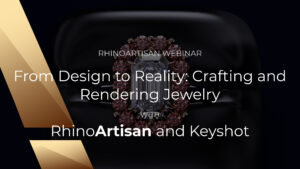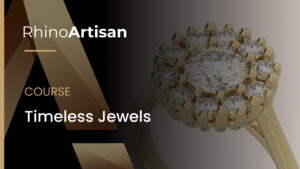Sustainability in jewelry goes beyond design and craftsmanship. It’s about understanding and controlling the environmental impact of the precious metals we use. From gold and silver to platinum and blue gold, each alloy tells its own story of creation and recycling, with important implications for our planet.
The simplicity of alloys
Precious metal alloys, such as 14k yellow gold, 18k white gold, platinum and 925 silver, are not chemically very complex. To create these alloys, you simply melt the metals in the correct proportions, thus obtaining the desired purity and color. For example, blue gold, one of the most exotic alloys, is achieved by mixing gold with iron in a special way that gives it its distinctive color.

The challenge of recycling
However, recycling these alloys is a much more complicated and potentially polluting process. The decomposition of the alloys requires complex chemical processes that, if not carried out in laboratories with the proper equipment, can release harmful gases and residues into the environment. This is a crucial aspect to consider for any jeweler committed to sustainability.

Mining and its impact
The extraction of precious metals also poses serious environmental challenges. Traditional mining methods often involve the use of hazardous chemicals and cause uncontrolled soil erosion. Therefore, knowing where the metal comes from is essential to assessing its sustainability. Choosing metals that have been mined or recovered responsibly is vital to minimize our environmental impact.

Sustainability certifications
To ensure that the metals used in jewelry come from sustainable sources, there are certifications such as the Fairmined label. This certification ensures that both independent jewelers and major brands can offer products made from ethically and responsibly mined materials. Fairmined not only guarantees fair and safe mining practices, but also promotes the social and environmental development of mining communities.

In the jewelry world, sustainability must be a priority. By understanding the processes of creating and recycling precious metal alloys and opting for certified and ethical materials, we can contribute to a cleaner and fairer future. Next time you choose a piece of jewelry, think about its history and impact. Together, we can ensure that the beauty of our jewelry does not come at a high cost to the planet.
